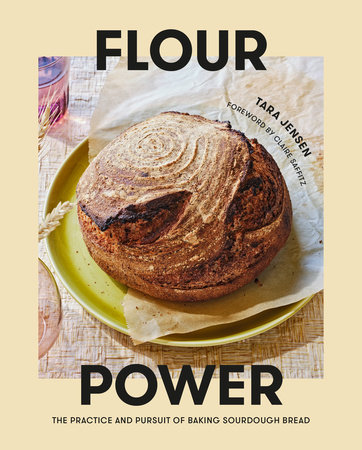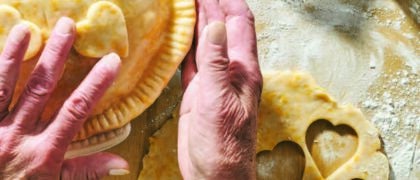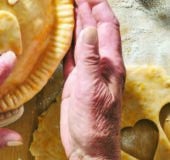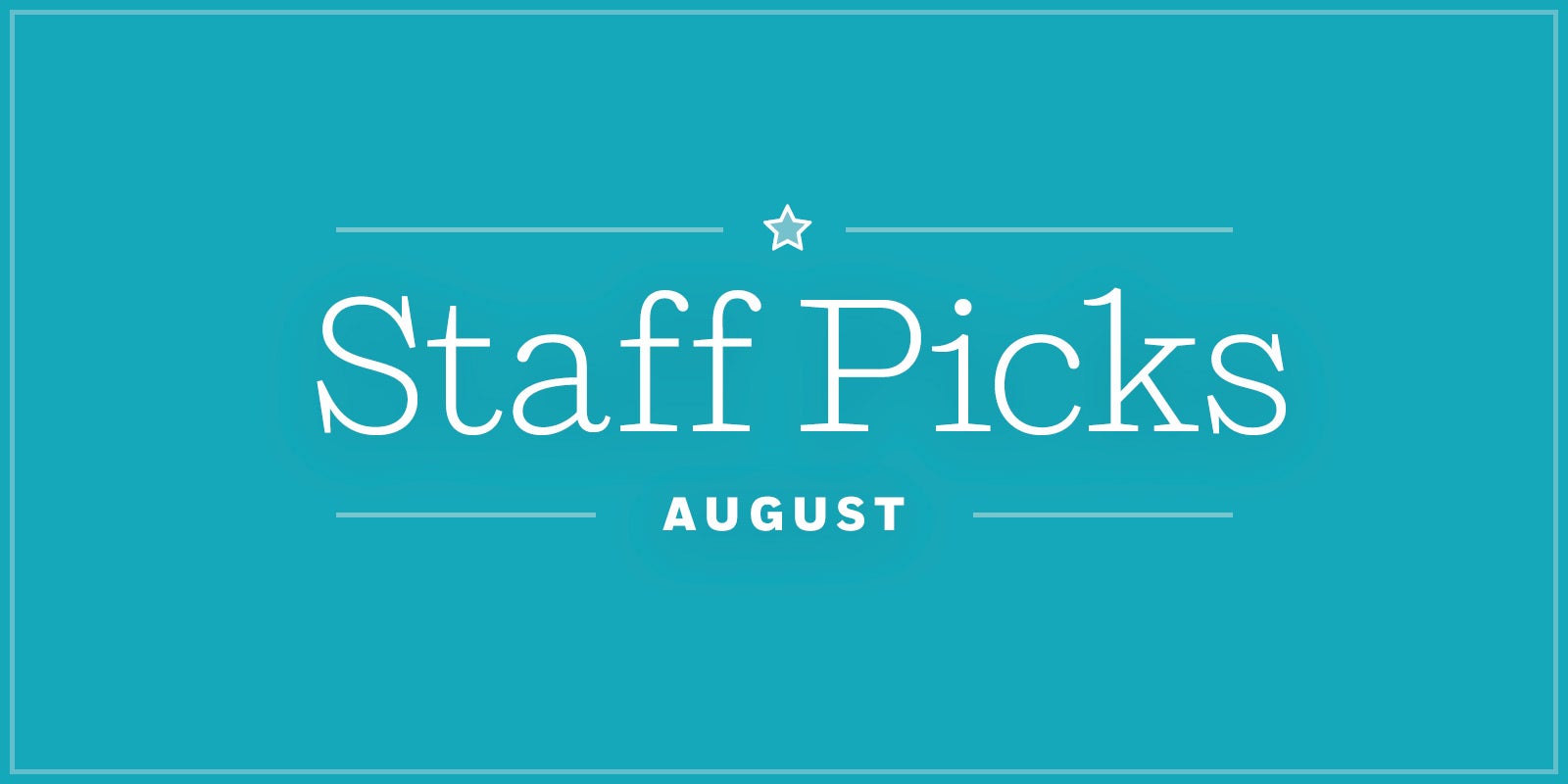IntroductionIf I had to pick a starting point for where I am now, sitting at my kitchen table in Virginia, I’d lead you back in time to a moment in 2001 when I walked into the Morning Glory Bakery, a tiny bakery in coastal Maine. There I found a woman wearing all black, with long dark hair, arms covered in tattoos, listening to Patti Smith. I asked for a job and she looked over my shoulder to see my girlfriend waiting in our Subaru out front. She glanced back at me and told me to come in the next day at 6:00 a.m.
The closest I got to touching bread was toasting bagels, but the place was packed with people who danced to the beat of a different drum. There were midwives, punk rockers, musicians, and artists scattered about, cramming jelly biscuits, hummus sandwiches, and buttered baguettes into their mouths. Growing up the oddball in a small, rural town in Maine, I found the cast of characters that paraded through the door soothing.
At the counter, stacked high with hot loaves, we’d talk about babies, women’s rights, the government, the environment, the latest music, astrological signs, and who was dating whom. We’d plan protests, birthday parties, and bike rides and end the day mopping to incredibly loud Morrissey. Impeccable attention to ingredients, ovens, and agriculture would all come later, stemming from this root of safety and comfort in a chosen family.
In 2004 I graduated college and found myself filling out an application on a snowy winter’s day at Red Hen Baking Company, a sizable bakery in central Vermont. I exaggerated my previous experience to get in the door, and it was there I was introduced to my new best friends: a wooden peel, a deck oven, a loader, a dough divider, a mixer, a water meter, and tubs upon tubs of delicious, supple artisan bread dough.
The mechanics of producing up to two thousand loaves a day were fascinating. I moved through the stations of shaping, mixing, and baking like a journeyman earning badges. My confidence grew alongside my skill (and biceps, too). There are few other times in my life that I’ve felt as powerful as those moments when I would pull back the canvas belt, watch twenty loaves slip onto a hot deck, and rush to hit the steam button, only to swirl behind me and grab another twenty loaves to slash and load. And yet, when everything was shut off and only the hum of the walk-in could be heard, I felt a whisper.
This wasn’t the only way to make bread. Two years later I loaded up my 1982 Volvo and went to work at Farm and Sparrow, a bakery tucked away in the mountains of western North Carolina. Yet again I found myself in a fake-it-till-you-bake-it scenario. Forget deck ovens and dough dividers. Here, I chopped wood, started fires, and made bread with my blood, sweat, and tears. Catapulted into the world of small-scale grain growing, fresh flour, wood-fired ovens, and wet doughs, I barely kept my chin above water.
There, low to the ground, head spinning, I found what I was looking for: bread made like a good wine, appreciated without any bells or whistles and discussed in terms of vintages and microbial profiles. I began working with freshly milled flour (no big fifty-pound bags of white stuff) and a gentle, diving arm mixer that replicated human kneading. The idea of turning on a machine and whipping bread into shape was horrifying in my new paradigm.
Those special years working with a small group of talented people making extremely good bread were wonderful, but they were also painful. I grew a small plot of wheat for the first time. I learned how to source wood and chop it to the right sizes and amounts to sustain a bread oven. I made friends with fire. I learned about prestige and the James Beard Foundation Awards and what it was like to have to block off fanatical customers at the farmers’ market. I was introduced to chefs and the back door of restaurants and late nights filled with drinking that would predictably end at the Waffle House. I learned what it was like to be called “the best.”
I also learned there is a real danger to tying your worth to how the bread comes out any given day and that it’s harsh to make fun of people who like sandwich bread. I learned that having extreme values can be lonely. I grew tired and isolated.
After watching my mentors burn bright and then burn out, I realized I didn’t want to own a large-scale bakery. I didn’t have any interest in a storefront or retail location, didn’t have any excitement about hiring staff, and didn’t want to spend my time on the computer with spreadsheets, so in 2012, when I began my own bakery—Smoke Signals (named after the smoke from the chimney of a twenty-year-old Alan Scott oven)—I sold only at farmers’ markets and made only as much as I could with my own two hands. While the solitary life of wood-fire baking suited me, it didn’t represent all of me. Knowing that I didn’t want to expand production, I turned to the original source of joy I found in bakeries: other people. I began leading classes from the bakery, taking what I learned in the professional world and sharing it with home bakers.
In 2015, I led a small group of local women through the ins and outs of making an apple pie from scratch, and eventually I expanded to classes on sourdough bread and other baked goods, such as croissants and rye bread. I liked preparing and writing the materials. I liked setting up baking stations with all the fun tools, and I thoroughly enjoyed the sparkle of fulfillment in someone’s eyes as their creations emerged from the oven. Watching new and curious bakers gain confidence and skill completely hooked me into teaching. I’ve been teaching folks how to bake ever since, and it has never ceased to be rewarding.
Most of my bread baking, for now, takes place at home with a toddler underfoot. Home is an incredibly important and often underrated place of work and life. Home is where most of us live, love, cook, make families, cry, listen to music, and play with our dogs. Home is a place of experimentation, discovery, science, and craft. I bake from home now, using either my mobile wood-fired oven or the beastly electric oven in our kitchen. I bake for myself as a form of therapy, I bake to participate in a larger cultural movement, and I bake to remember it in my bones.
The recipes (or formulas, if that’s how you like to talk) in this book are a blend of my deepest love for my different “baking parents” and styles that raised me. They incorporate my respect for the technical and professional along with my need to continually find a spiritually fulfilling existence. They honor the comfort of a busy, warm bakery and carry a torch for the kinds of innovation that come from going rogue. Think of each loaf as someone I’ve shaped a baguette next to, panned up some rye bread alongside, or chopped kindling with. Get to know them. They make good company.
Copyright © 2022 by Tara Jensen; Foreword by Claire Saffitz. All rights reserved. No part of this excerpt may be reproduced or reprinted without permission in writing from the publisher.

















